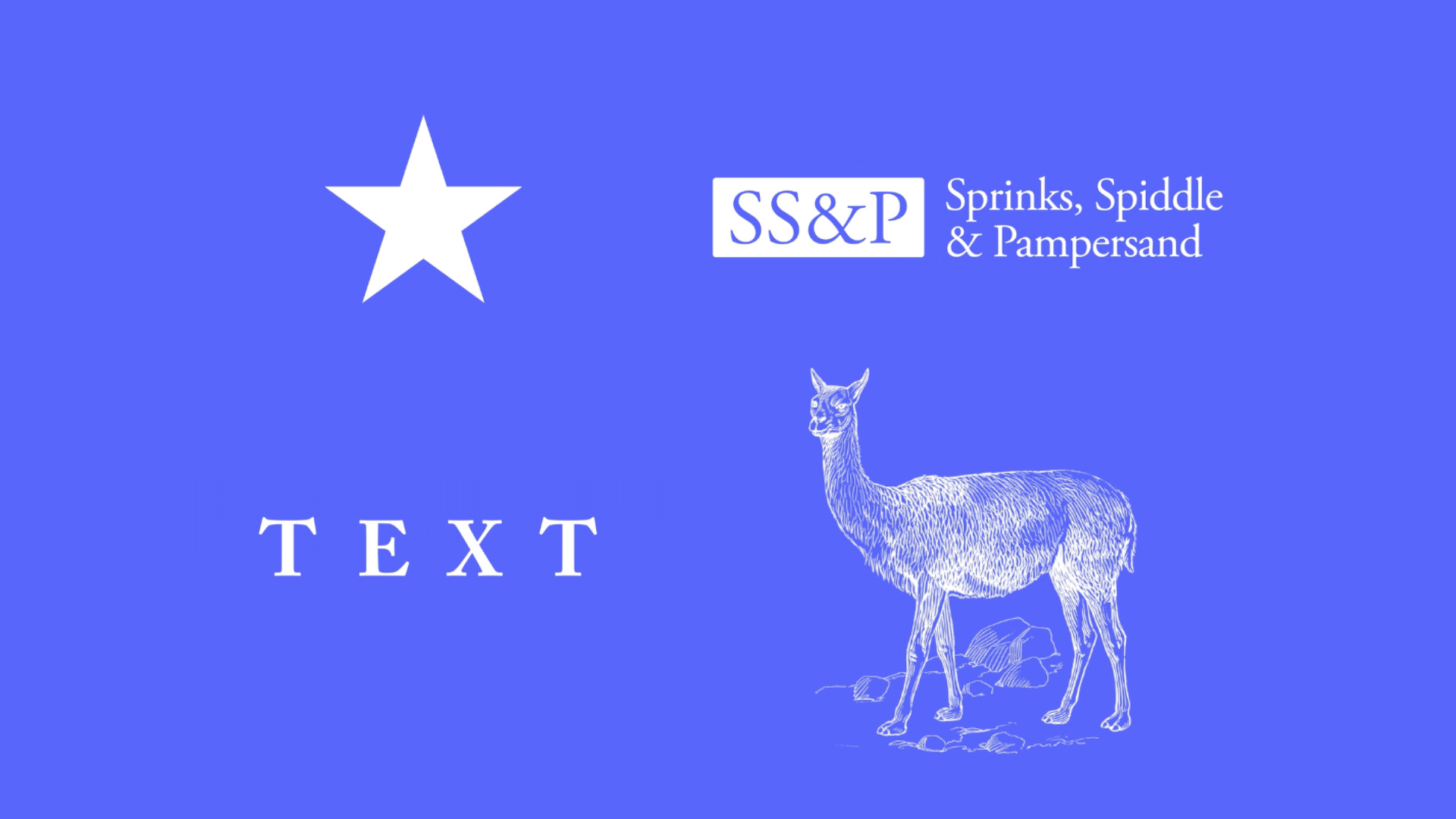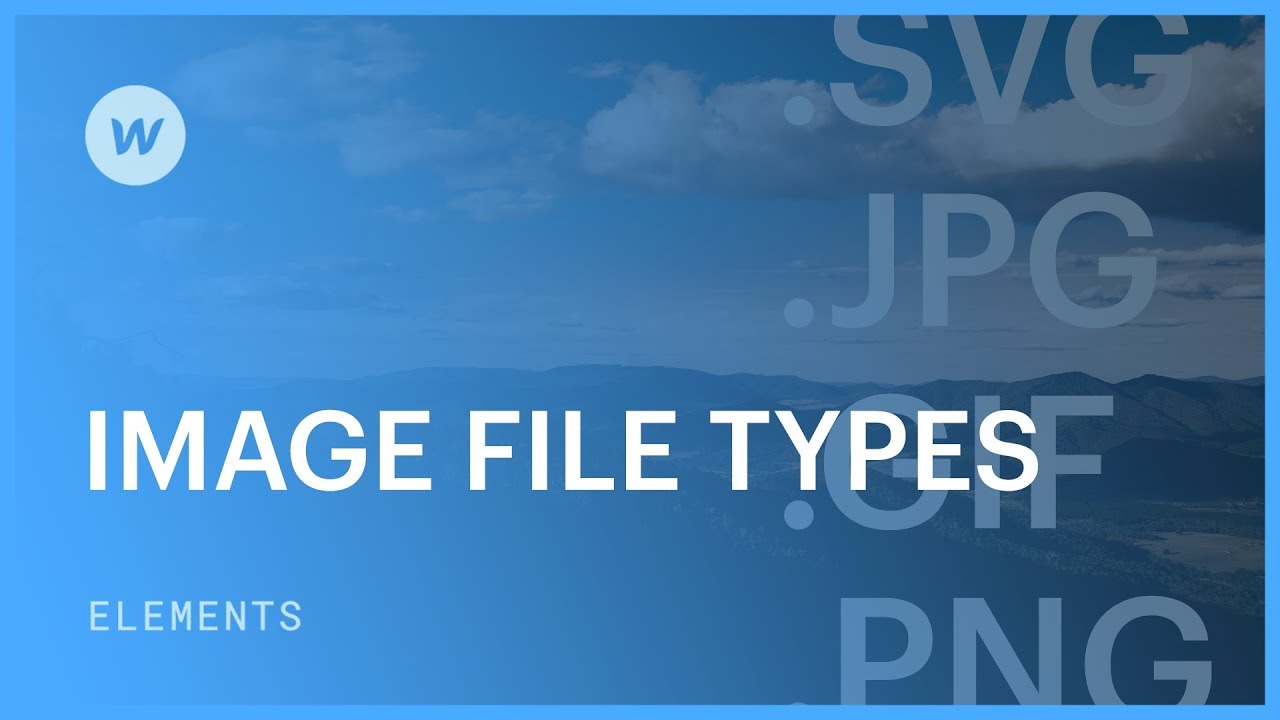Images and various visual elements often play a crucial role in determining the impact of a website’s design. There exist numerous categories of image files, each possessing its unique advantages and drawbacks. Here, we’ll delve into raster images, GIFs, PNGs, JPEGs, SVGs, and WebP. These formats are widely utilized across the web, and you can selectively choose them based on the specific requirements of your website’s images.
Raster Images
We advise against utilizing this file type on websites due to the lack of compression support, resulting in significantly larger file sizes that hinder page loading speed.
GIFs
GIFs, also known as “JIF,” are frequently employed for basic animations. They are limited to 256 colors, making them a suitable choice for simpler graphics. GIFs permit transparency, albeit without alpha transparency support, potentially leading to display issues for semi-transparent elements.
PNGs
This format is ideal for images requiring transparency, particularly alpha transparency.
The PNG format is available in two variants—8-bit and 24-bit. The 8-bit version features fewer color options and limited transparency, while the 24-bit version offers extensive color choices and full alpha transparency support. Though both versions can be utilized online, the 24-bit PNG format is generally preferred for its alpha transparency. Tools like ImageOptim[↗] and ImageAlpha[↗] enable compression of 24-bit PNG files down to 256 colors, significantly reducing file size while preserving transparency.
JPEGs
JPEG is an incredibly popular format renowned for its compression capabilities that reduce file sizes. Consider an image saved in JPEG format, hovering just above 300 kilobytes.

Comparatively, the same image in bitmap format, at identical resolution and dimensions, can exceed 50 megabytes, making it approximately 150 times larger than the JPEG counterpart. This is due to bitmaps storing detailed information about each pixel, resulting in substantial file sizes. Saving a bitmap file equates to storing data like “gray pixel, gray pixel, gray pixel” for each pixel.
JPEG compression allows for significant reduction in data without sacrificing image quality. This flexibility in omitting repetitive pixel data enhances JPEG’s appeal as a versatile format.
SVGs
SVGs, or scalable vector graphics, rely on vector graphics, unlike other formats with fixed pixel dimensions, making them resolution-independent.
These graphics can be infinitely scaled with excellent results. Typically, SVGs find application in shapes, text, sketches, and logos.

Note: For photographic images comprising real pixels, opting for other formats is advisable.
Important: SVGs are unsuitable for product and variant image fields, as well as Ecommerce email brand logos, due to incompatibility with various email clients like Gmail.
WebP Format
The WebP image format maintains image quality while significantly reducing file size. It proves highly beneficial for image-intensive websites or when aiming to economize on storage space.
Several advantages make WebP a preferred file format:
- Enhanced compression compared to JPEG or PNG, facilitating faster website loading, better user retention, and reduced storage usage
- Support for transparency and animations
- Provision of both lossless and lossy compression options
Existing image assets can be converted to WebP files using the Webflow conversion tool within the Assets panel.
Note: The Webflow conversion tool only provides lossy compression. Refer to guidelines on converting image assets to WebP files in Webflow for compression details.
WebP images come with a side length limit of 16383 pixels. While they enhance webpage performance and storage efficiency, certain browsers might not support this format. Check browser compatibility for WebP support.
- Include or eliminate Workspace spots and members - April 15, 2024
- Centering box summary - April 15, 2024
- Store a site for future reference - April 15, 2024
